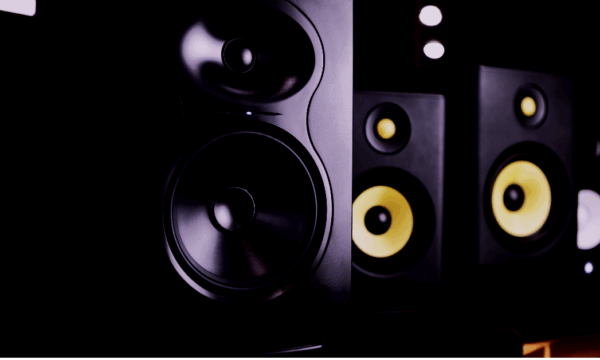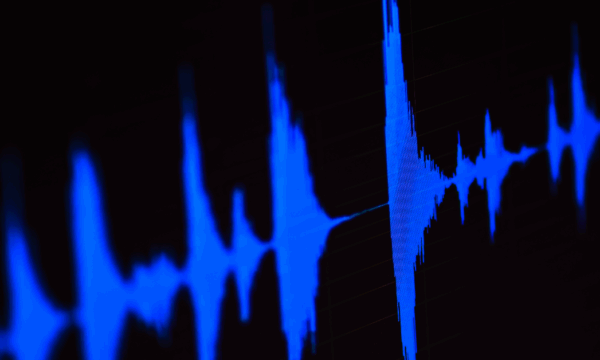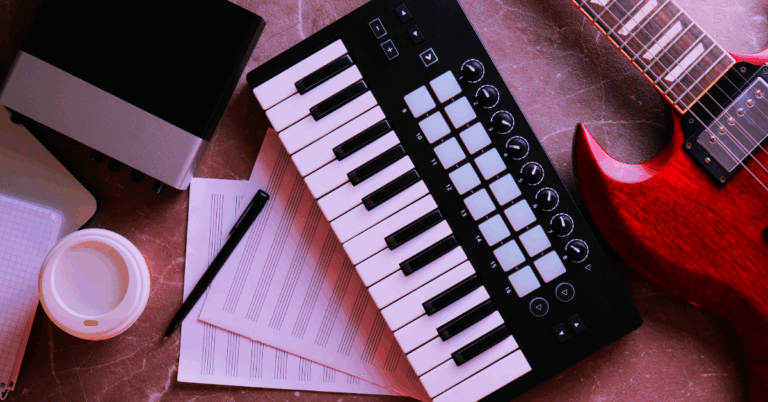Currently, sound selection is one of the most critical factors in determining whether your beats capture attention or get lost in the crowd. In order to choose good sounds that truly optimize your beats, you need to carefully plan and curate every sample, drum, and instrument you use. Great beatmakers don’t simply load up random sounds they build their sound palette with intention. Selecting the right sounds for your track can be broken down into a few simple but essential steps. If you follow this process, you’ll dramatically improve your music production quality and make beats that connect with listeners.
When you take control of your sound choices, you transform your entire beatmaking process. Instead of feeling overwhelmed by the endless libraries of samples, you will have a clear, focused workflow that helps you create high-quality tracks faster and more consistently. The time you invest in curating your sounds upfront will save you countless hours during production and more importantly, will elevate the final product.
Brainstorm All Possible Sounds That Improve Your Music Production
The first step in learning how to choose good sounds is to brainstorm and create a list of the sounds you want for your track. This is a tried and true method to improve your music production. Think about your ideal sound and audience. Are you producing chill lo-fi, hard trap, soulful boom bap, or experimental electronic? Every genre has certain signature elements. Make a list that includes drums, melodic instruments, bass sounds, FX, and any one-shots or loops you might need.
It’s important to think about what your listeners expect, but also where you can bring something unique. Just like keywords in SEO, some sounds are overused and harder to stand out with. For example, using the same 808 kick sample as everyone else may not make your beat special. Instead, look for variations, processed versions, or even create your own custom sounds that capture a distinct vibe. The more specific and intentional your sound choices are, the more your beat will stand out. Here are 5 steps I recommend you use to when you choose good sounds:
- Study leading tracks to hear what sounds are commonly used.
- Identify which sounds lead the track: kicks, snares, melodies, or effects.
- Notice how clean, punchy, or processed each sound feels.
- Pay attention to how many elements are stacked and how much space is left.
- Look into which sample packs, kits, or plugins producers in your niche are using. What sounds are the best to help you discover your signature sound?
Also, to optimize your beats don’t forget to include multiple versions of each sound. For example, have dry and wet versions of your snares, clean and distorted versions of your kicks, and melodic layers you can stack or strip down. This flexibility will help you improve your music production later in the mixing, arrangement, and mastering stages.
Analyze the Soundscape of Sound Selection
Once you have your list of potential sounds, the next step to optimize your beats is to analyze how other producers in your space are using similar sounds. This is your soundscape to improve your music production. You’re not copying their beats, but you’re understanding how their sound choices contribute to the feel and energy of their tracks.
Spend time listening to the top tracks in your genre. Pay attention to the textures, drum programming, and melodic choices. Ask yourself: Are they using organic live-sounding drums or digital punchy ones? Are their melodies simple or complex? Do they rely heavily on atmospheric pads or tight, dry arrangements? The goal is to improve your music production and understand what’s working and why, so you can apply those lessons to your own unique approach.
For each sound you’re considering, listen to at least two or three reference tracks. Think about how your sounds differ in terms of punch, clarity, and tonal balance. You can even open up a DAW session with a reference track loaded and visually analyze the waveform, frequency spectrum, and dynamics. By doing this research, you gain insight into what characteristics your sounds need to improve your music production and optimize your beats.
Narrow Your Sound Library for Each Beat
The final step in the process is to narrow down your selections to a focused set of sounds that serve your beats specific needs. Trying to choose too many good sounds at once can dilute your beat’s impact and lead to cluttered, unfocused mixes. To truly optimize your beats, you must simplify and commit to a smaller, higher-quality set of sounds for each project.
A good rule of thumb is to select 5 to 10 core sounds per beat that you will build around. This includes your main kick, snare, hi-hats, primary melody, bass, and any special effects or ear candy. Limiting your palette forces you to be more creative with arrangement, processing, and layering. It also helps create a cohesive sonic identity that makes your beat feel intentional and expressive.
Remember when you choose good sounds that doesn’t mean always picking the most expensive or rare samples. It means you choose good sounds that fit together well, complement each other, and support the emotional energy of the track you’re creating. Every sound you include should serve a purpose. If a sound doesn’t add value, don’t force it in.
By following this process brainstorming your palette, analyzing your competition, and narrowing your selections you will build beats that feel polished, professional, and unique. The result is music that stands out in a crowded market and better reflects your artistic vision.
Final Thoughts Good Sound Choices Drive Better Beats
In today’s music production world, learning to choose good sounds is just as important as learning to play an instrument or mastering your DAW. The ability to optimize your beats through intentional sound selection is a skill that separates average producers from great ones. When you consistently improve your music production by making smarter sound choices, your beats will not only sound better they will feel better, connect deeper, and stand out stronger.
Justin David
Creative man • Philosopher • Artist • Producer







